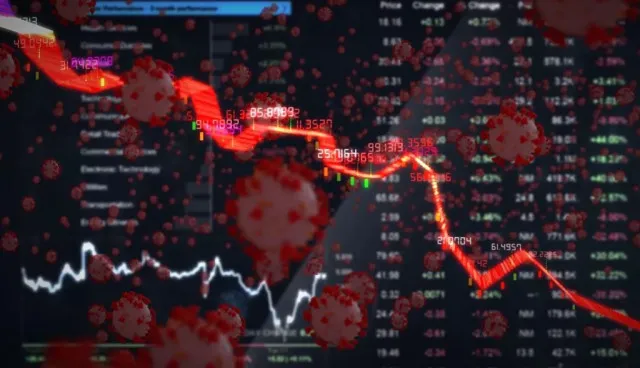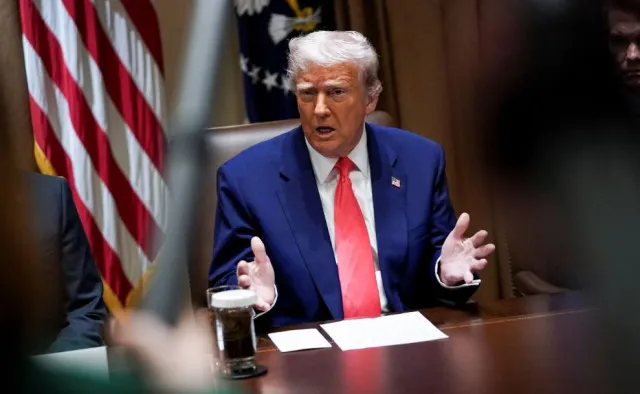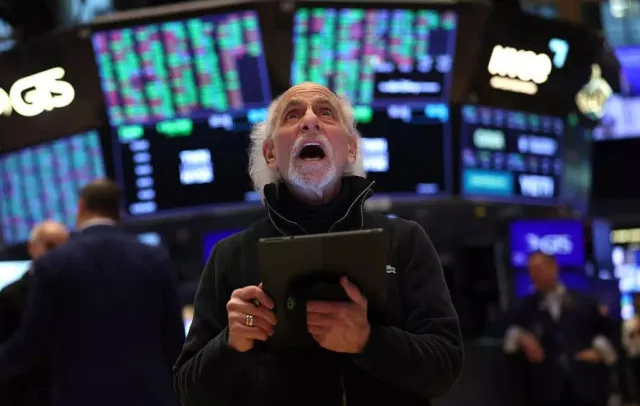The US-China trade war intensified this week. It caused major losses on Wall Street and setting up American consumers to absorb billions in added costs.
New export limits on China are sending shockwaves through US tech markets
US President Donald Trump’s renewed restrictions on technology exports to China have triggered a sharp market downturn and rattled global investors.
The 78-year-old Republican has tightened policies originally created by President Joe Biden. These changes limit what US chipmakers can sell to China
These changes are part of a broader effort to slow China’s development of advanced artificial intelligence, especially for military applications.

Nvidia and AMD face billions in losses as sales to China are curtailed
The announcement followed new restrictions preventing the company from independently conducting business with Chinese firms regarding its popular H20 chip, which was tailored for the Chinese market.
This development comes after the US government had already prohibited the sale of its high-end H100 AI chip to China
Nvidia, a leading American chip manufacturer, revealed that it can no longer sell its new H20 chip to Chinese buyers without government approval.
This chip was specifically designed to comply with existing export rules.

However, this model requires a license from Washington, D.C.
Nvidia’s stock dropped nearly 10 percent before recovering slightly to close down 6.87 percent on April 16.
The company announced it expects to lose $5.5 billion in revenue due to the change in trade policy.
While, AMD shares also tumble after license mandate on top-selling chips
AMD, another US semiconductor company, also experienced steep declines.
Its stock fell 7.35 percent after similar licensing restrictions were announced.
Both firms are now forced to obtain approval before exporting high-performance AI chips to China.
These export controls are reshaping global semiconductor supply chains, placing further strain on an already volatile tech sector.
China retaliates with punishing tariff increases on American imports
China responded quickly by raising tariffs on US goods from 84 percent to a staggering 125 percent, escalating the trade war further.

In retaliation, the Trump administration announced a new executive order investigating national security risks tied to imported critical minerals.
This order could lead to tariffs as high as 245 percent on Chinese goods entering the United States.
While Trump signed an executive order on Tuesday, ‘launching an investigation into the national security risks posed by US reliance on imported processed critical minerals and their derivative products’.
The order detailed: “China now faces up to a 245% tariff on imports to the United States as a result of its retaliatory actions.”
It also added more friction to an already tense economic relationship.
Comsumers will pay the price as US-China trade war intensifies
With both countries imposing retaliatory tariffs, American consumers are expected to bear the financial burden of higher import costs.

Prices for electronics, cars, and even household goods could surge as companies pass increased expenses onto shoppers.
Economists warn that continued escalation will likely worsen inflation and delay economic recovery.
US Inflation Falls, But Trade Uncertainty Clouds Economic Outlook
Despite stock market volatility, the US inflation rate fell to 2.4 percent in March, the lowest since September. February’s rate had been 2.8 percent.
This silver lining is being overshadowed by fears of a prolonged economic standoff between the world’s two largest economies.
However, Trump claims his hardline approach will create a “level playing field” and force countries to lower tariffs on US goods.
He argues that boosting domestic production is the best path toward long-term economic strength and national security.